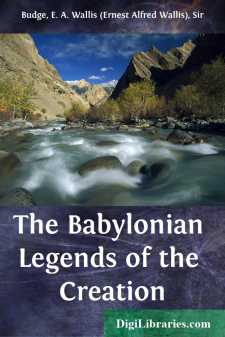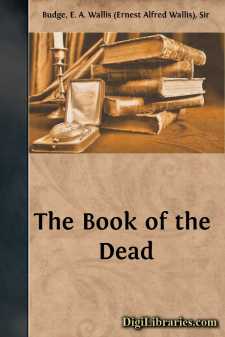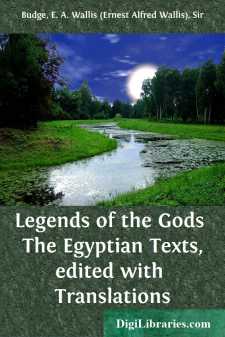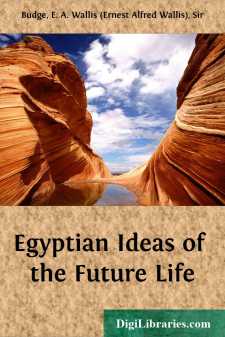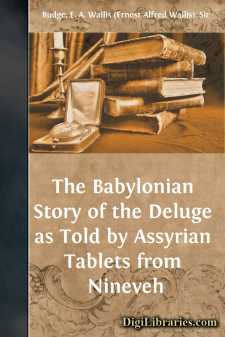Categories
- Antiques & Collectibles 13
- Architecture 36
- Art 48
- Bibles 22
- Biography & Autobiography 813
- Body, Mind & Spirit 142
- Business & Economics 28
- Children's Books 16
- Children's Fiction 13
- Computers 4
- Cooking 94
- Crafts & Hobbies 4
- Drama 346
- Education 46
- Family & Relationships 57
- Fiction 11829
- Games 19
- Gardening 17
- Health & Fitness 34
- History 1377
- House & Home 1
- Humor 147
- Juvenile Fiction 1873
- Juvenile Nonfiction 202
- Language Arts & Disciplines 88
- Law 16
- Literary Collections 686
- Literary Criticism 179
- Mathematics 13
- Medical 41
- Music 40
- Nature 179
- Non-Classifiable 1768
- Performing Arts 7
- Periodicals 1453
- Philosophy 64
- Photography 2
- Poetry 896
- Political Science 203
- Psychology 42
- Reference 154
- Religion 513
- Science 126
- Self-Help 84
- Social Science 81
- Sports & Recreation 34
- Study Aids 3
- Technology & Engineering 59
- Transportation 23
- Travel 463
- True Crime 29
The Babylonian Legends of the Creation
Categories:
Description:
Excerpt
DISCOVERY OF THE TABLETS.
The baked clay tablets and portions of tablets which describe the views and beliefs of the Babylonians and Assyrians about the Creation were discovered by Mr. (later Sir) A.H. Layard, Mormuzd Rassam and George Smith, Assistant in the Department of Oriental Antiquities in the British Museum. They were found among the ruins of the Palace and Library of Ashur-bani-pal (B.C. 668-626) at Kuyûnjik (Nineveh), between the years 1848 and 1876. Between 1866 and 1870, the great "find" of tablets and fragments, some 20,000 in number, which Rassam made in 1852, was worked through by George Smith, who identified many of the historical inscriptions of Shalmaneser II, Tiglath-Pileser III, Sargon II, Sennacherib, Esarhaddon, and other kings mentioned in the Bible, and several literary compositions of a legendary character, fables, etc. In the course of this work he discovered fragments of various versions of the Babylonian Legend of the Deluge, and portions of several texts belonging to a work which treated of the beginning of things, and of the Creation. In 1870, Rawlinson and Smith noted allusions to the Creation in the important tablet K.63, but the texts of portions of tablets of the Creation Series at that time available for study were so fragmentary that it was impossible for these scholars to find their correct sequence. During the excavations which Smith carried out at Kuyûnjik in 1873 and 1874 for the proprietors of the Daily Telegraph and the Trustees of the British Museum, he was, he tells us, fortunate enough to discover "several fragments of the Genesis Legends." In January, 1875, he made an exhaustive search among the tablets in the British Museum, and in the following March he published, in the Daily Telegraph (March 4th), a summary of the contents of about twenty fragments of the series of tablets describing the creation of the heavens and the earth. In November of the same year he communicated to the Society of Biblical Archaeology [1] copies of:—(1) the texts on fragments of the First and Fifth Tablets of Creation; (2) a text describing the fight between the "Gods and Chaos"; and (3) a fragmentary text which, he believed, described the Fall of Man. In the following year he published translations of all the known fragments of the Babylonian Creation Legends in his "Chaldean Account of Genesis" (London, 1876, 8vo, with photographs). In this volume were included translations of the Exploits of Gizdubar (Gilgamish), and some early Babylonian fables and legends of the gods.
[Footnote 1: See the Transactions, Vol. IV, Plates I-VI, London, 1876.]
The publication of the above-mentioned texts and translations proved beyond all doubt the correctness of Rawlinson's assertion made in 1865, that "certain portions of the Babylonian and Assyrian Legends of the Creation resembled passages in the early chapters of the Book of Genesis." During the next twenty years, the Creation texts were copied and recopied by many Assyriologists, but no publication appeared in which all the material available for reconstructing the Legend was given in a collected form....


